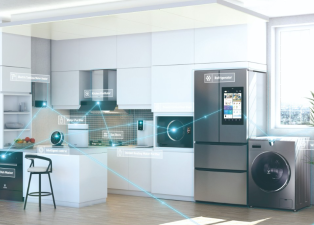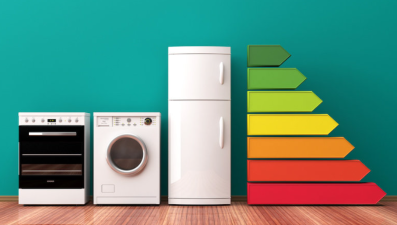TV or Projector: What Fits Your Home Best?
When it comes to choosing home audio-visual equipment, projectors and TVs have always been popular choices. Many people wonder, "Which is better for home use, a projector or a TV?" In reality, there's no absolute superiority or inferiority between the two; suitability depends on a family's specific needs. Those seeking immersive, large screen and eye-friendly features should prioritize a projector; those prioritizing image quality stability and ease of use should opt for a TV.
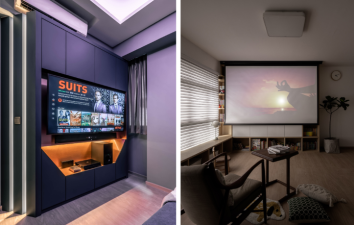
Key Differences Between Projectors and TVs
- Image Quality and Environmental Adaptability
TVs use self-luminous technology or backlight modules (such as Mini LEDs), achieving brightness levels exceeding 1000-3000 nits. They require no daylight shielding, and even in direct sunlight, the screen remains clear. They offer more accurate color and detail reproduction, with 94%-99% DCI-P3 wide color gamut coverage for vibrant and vivid images. Dynamic display is stable, making them ideal for viewing high-quality content such as sports events and HD movies. Projectors rely on mechanically projected light, and their image brightness is significantly affected by ambient light. Mainstream models typically have a brightness range of 1000-3000 lumens. During the day, curtains must be drawn or a light-resistant screen must be used to ensure a good viewing experience. Otherwise, the image will tend to be white and details will be lost. However, projectors can easily project images on screens ranging from 60-150 inches, creating a cinematic experience in even small spaces. They are particularly suitable for young families who enjoy large-screen viewing.
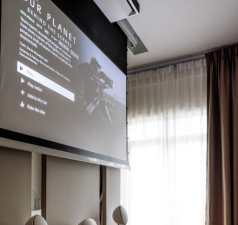
- Price Differences and Size Options
For example, with a 100-inch screen, projectors offer a significant price advantage. Entry-level models can cost as little as 50% of the price of a TV of the same size, allowing ordinary families to easily enjoy a large-screen experience. However, high-end projectors (such as three-color laser and 4K UHD models) can cost over 1.5 times the price of a TV, primarily due to their larger screen size and portability.
The price of a TV increases exponentially with size. The 65-75-inch screen offers a cost-effective price, while 85 inches and above are more expensive, but offer superior image quality, stability, and durability. If the viewing distance at home is within 2.5 meters, a 65-75-inch TV will meet most needs. For those seeking a screen size of 100 inches or larger, a projector offers significant cost advantages.
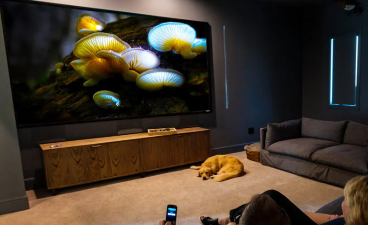
- Eye protection features vary depending on the intended audience.
From an eye protection perspective, projectors utilize diffuse reflection, resulting in soft, non-glare light. This makes them more suitable for children who watch movies for extended periods, minimizing the risk of eye fatigue. Models certified by the China National Institute of Standardization for Eye Protection also reduce blue light damage. A TV's self-luminous screen has a high brightness, which can easily cause visual fatigue after prolonged viewing, especially at night when bright light can be irritating to the eyes. However, some high-end TVs feature low blue light and flicker-free technologies to alleviate these issues.
For those with frequent viewing or elderly family members, a TV is a better choice. It can be turned on and viewed immediately, requiring no adjustments, and offers simple and convenient operation. For young families seeking an immersive cinema experience, prioritizing eye protection, or requiring flexible mobile devices, a projector is a better choice.

